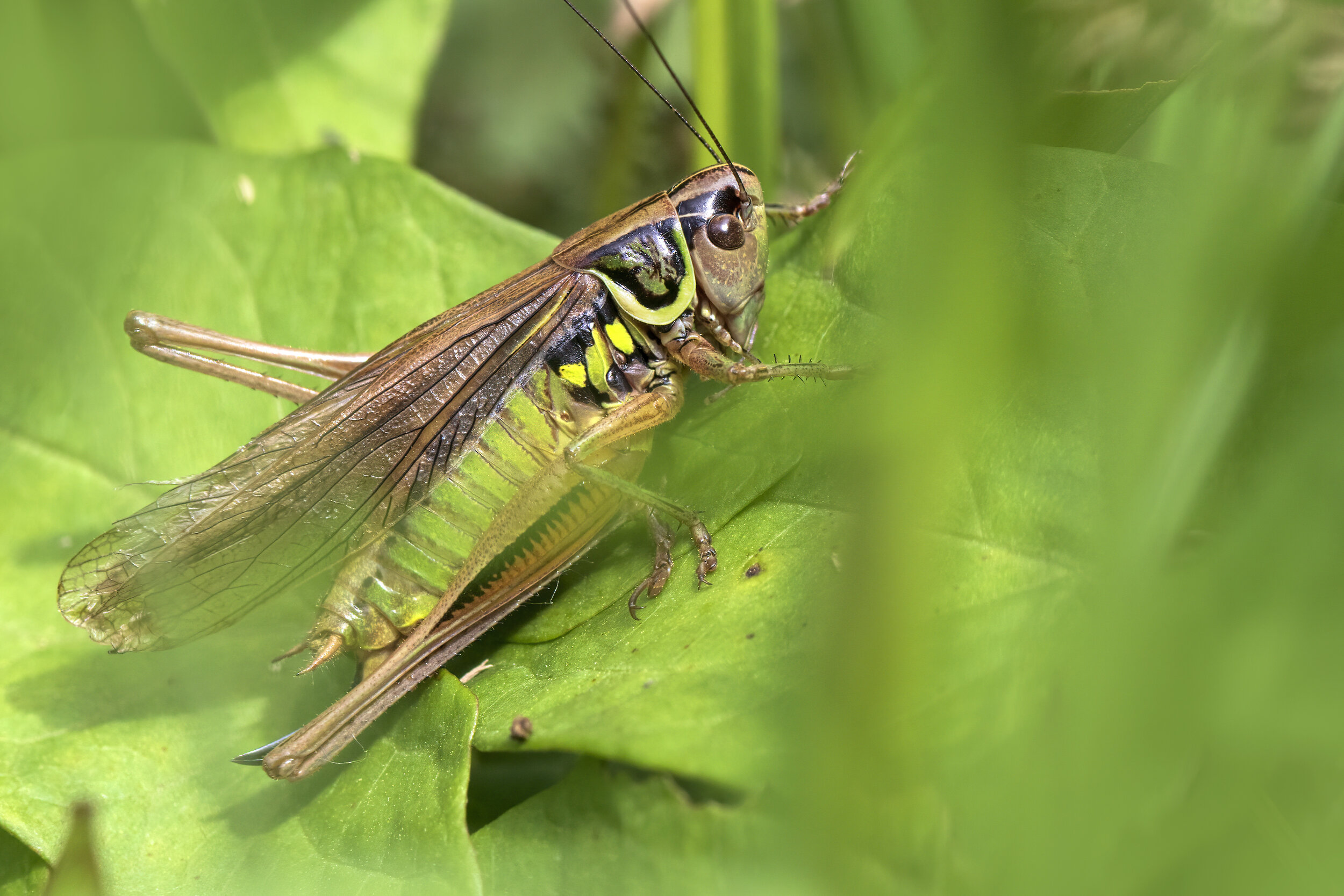Photography and Updates
Honestly, I didn’t realise I had that many readers but I’ve been asked quite a few times now why I haven’t been posting for a while, so here’s a quick update. I’ve been moving home over Christmas, which hasn’t been the smoothest process, having had todo most of the actual moving myself, with a herniated disk and two lumps on my spine, so that wasn’t fun, but it’s all done now! We’re settled in, just got a loong list of things to fix or replace on the new house but all doable work. Despite it being cold outside right now, signs of spring are really showing and I really wanted to focus on these signs this year, as for me, they are the highlight of this time of year.
A goal of mine has always been to record the sound of Frogs Croaking / Spawning, but I haven’t had the right location or a gap in the weather just yet, but I did manage to have a great photography session with my Amphibian specialist friend Michael Rodgers. I remembered an old spot that I had previous success from, so thought we’d give it a go and was shortly rewarded with several males and females popping their heads up to keep an eye out. Must admit these are some of my best Frog images I’ve ever taken, capturing them spawning, mating and croaking, painting a true picture of the atmosphere that filled the pond. I’ve thrown in a few images from my travels, usually between work breaks on the Gwent Levels, with Magor Marsh and my home Garden being my go-to break time locations at the minute. Despite several ill-health moments over Christmas, with Viruses, Shingles, and my usual health issues, I’m back at my ecology work, mostly on the Gwent Levels but in the uplands of Swansea soon too, not to mention the Bat season is fast approaching so it’ll all be chaos soon again!
Here’s the shortest video in history to make up for the lack of sound recording gear! That Croak is epic :)
Sound Recording
I’ve done very little this winter, as it’s been quite a windy one! Here’s a recording of 50mph gusts from the backdoor of my new home to prove it!
But still, signs of spring started quite early in the year, with short windows of southerly winds spurring some early spring songsters into action:
These last two recordings I’ll revisit in a future blog, as the mimicry in these two very different species of bird, is spectacular and whilst the Starling is very well known for mimicking, I think the Siskin can give it a run for its money!
This year I also intend on doing more ambient recordings, and I’m off to a good start with some Wave recordings at Goldcliff, and River Recordings along the Usk. These recordings directly tie into my Mental Health company called In Our Nature CIC, which I’ll give updates on also below.
Glad I brought the Dish on this river visit as further upstream there were two Oystercatchers chasing each other around, so I was able to continue recording the river sound with a stereo pair of mics, whilst also pointing my parabolic dish upstream to capture the echoing sound of the Oystercatchers as they flew up and down.
In Our Nature CIC
We’re kicking this year off with a bang! No thanks to the Heritage Lottery Fund which has allowed us to continue offering our services to the public, totally FREE of charge. You can expect weekly walks, special events, everything from Birdsong Identification to Tree’s, Otters, Bats and Flowers, keep an eye on our website for more details or head over to our Facebook group. The project is called ‘Take A Moment’ which is a fitting title that encapsulates our message that we’re trying to send thru our company. We could all do with Taking A Moment this year with nature, as the mental and physical benefits aren’t just incredible beneficial to us, but they’re absolutely free!!




















